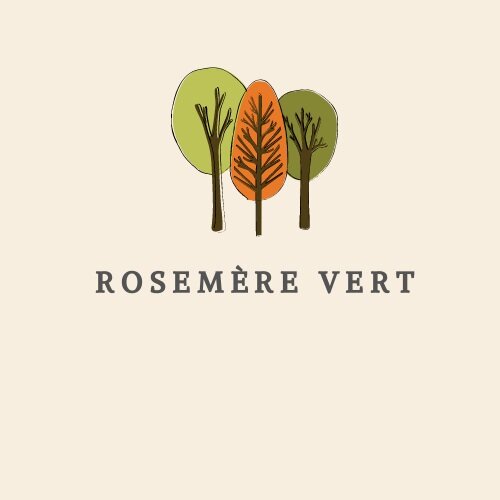Great Blue Heron (Ardea herodias)
Place observed
Miller Marsh, Tylee Marsh, former golf course aera and Parc de la Rivière-des-Mille-Îles
Description
It is about 120 cm high and can be distinguished by the length of its neck, legs and beak, as well as by its large wingspan, which can reach nearly 2m. Males and females look very similar but the latter are often a little smaller. When it flies or rests, its neck takes a characteristic S shape.
Habitat
It is the largest and most widespread of the American herons. Its territory covers a good part of North and Central America (except the far north), in addition to the Caribbean and Galapagos Islands. It frequents calm and shallow water areas where it can find its food. In Rosemère, it has often been observed at the Miller Marsh, the Tylee Marsh, along the Parc de la Rivière-des-Mille-Îles and even in wetlands on the site of the former golf course.
Most Great Blue Herons are migratory. From mid-September to late November, they fly day and night, alone or in groups, to the southern United States or Central America.
Diet
Small fishes are the basis of its diet but other kinds of prey can also interest it: insects, frogs, mollusks, crustaceans, small rodents, small birds, reptiles, etc. They are very patient when hunting. One of its tactics is to remain motionless, the neck stretched at 45 degrees with the surface of the water, moving only the head and the eyes to locate its prey. When he has to move, he does it very slowly.
Breeding
The Great Blue Heron often nests in colonies of a dozen to a hundred pairs on islands or in forested marshy areas that are difficult to access by humans and land-based predators. Individuals return to these sites year after year. At two years old, the adults are able to reproduce and new pairs are formed each breeding season.
The male chooses the location of the new nest or the old nest that will be restored. In April, the female lays 3 to 5 eggs. Over the next 28 days, both males and females incubate the eggs. After hatching, the parents take turns for another 2 to 3 weeks to take care of the young. After 3 or 4 weeks, they become more independent and the parents can leave them alone in the nest at times. It is around the 10th week that the juveniles are ready to leave the nest and provide for themselves.
Status and threats
At present, the Great Blue Heron is not considered to be of special concern in Canada. However, the destruction and dewatering of wetlands and breeding sites by human activities continues to be a threat to the well-being and survival of the species.
Sources


